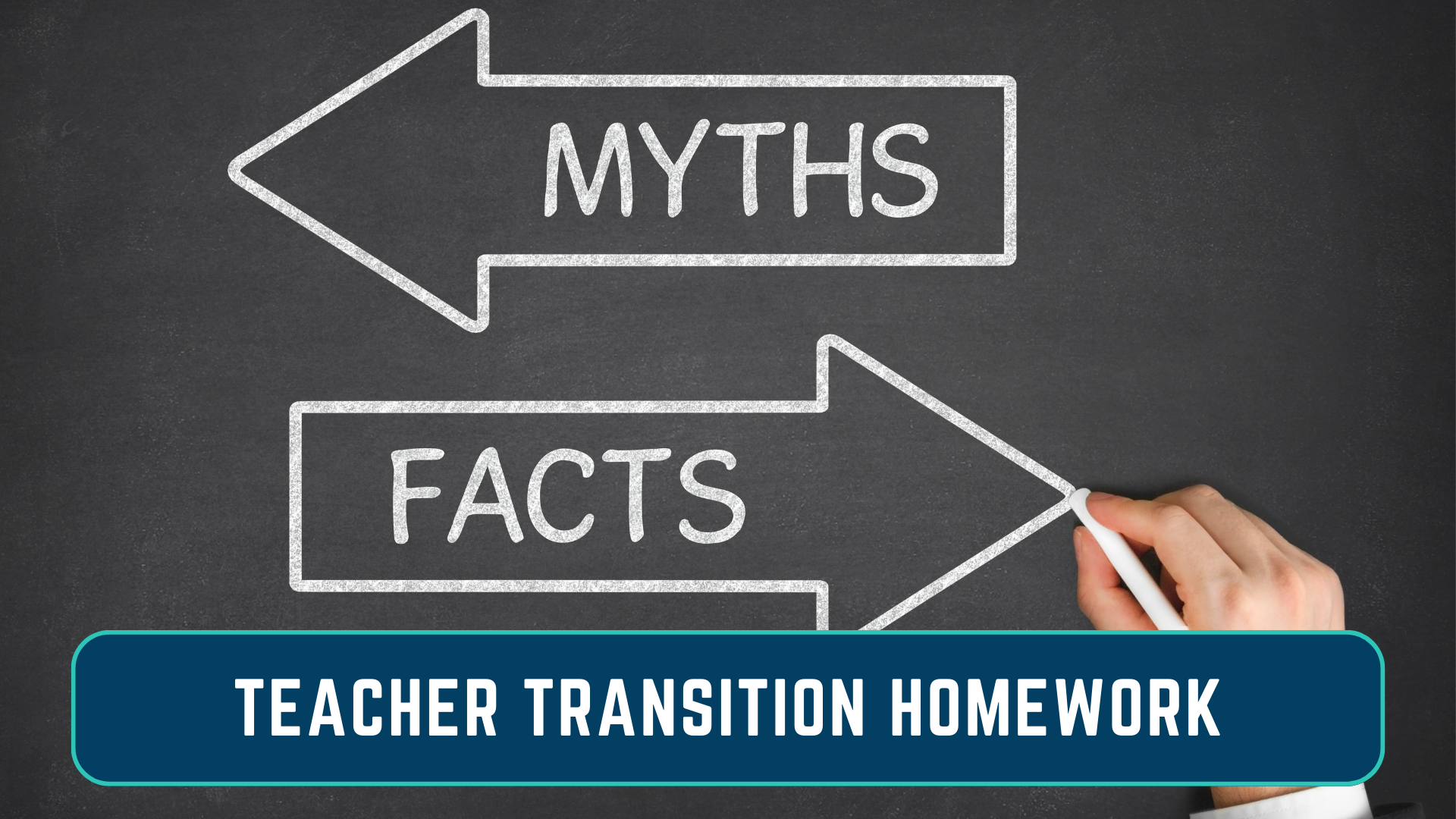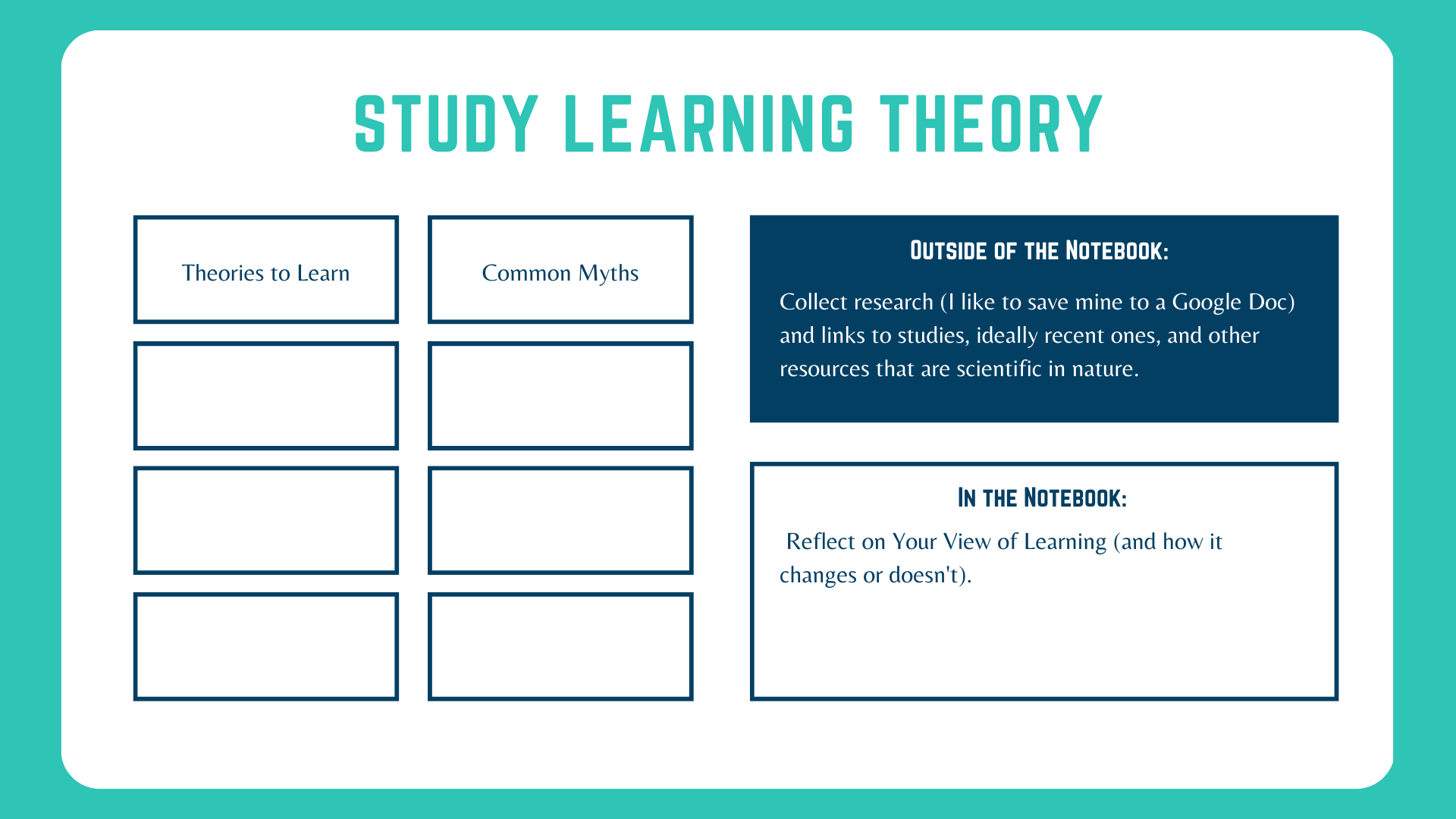Recapping TLDC: Busting Learning Myths (Dr. Kuva Jacobs)
This is a series of posts recapping and reacting to sessions from the recent January 2023 Training, Learning, and Development Community (TLDC) event to support teachers transitioning to L&D. The full event recordings can be found at the TLDC website.
Summary: This one you a little bit just have to experience because of the Miro of it all! Dr. Kuva Jacobs does a great job making this session interactive by letting audience participation drive the discussion of learning myths. Myths come up such as “it’s easier to learn when you’re younger” and “it takes 10,000 hours to master something” and she addresses them. She also discusses her Learning Mythbusters group on LinkedIn (which is a great group to join — I enjoy it personally) and how we need to remember that when we see people perpetuate myths on social media, we still need to address them like a person because there’s a person behind that triangle post! It doesn’t necessarily help change minds or spread the truth to “bust” myths if we just fuss at someone they’re wrong/bad/stupid because they think learning styles are real.
I love this quote because it’s so true. We don’t win battles by shouting people down, not the ones that really matter, and we certainly don’t make friends that way. Look, I notice myths and sometimes I try and point it out to someone when I see it, especially if it’s posted somewhere a lot of teachers transitioning might see it and get confused or if it is a teacher who might not be taken seriously because they shared a myth publicly (though some hiring managers believe myths too!) and maybe even meant something else.
This happens all the time with the big centerpiece of mythology that is Learning Styles (dun dun dun). Lots of people talk about learning styles, and I can tell from context, they’re really speaking more to the importance of using multiple modalities per UDL (Universal Design for Learning) which is still “real” and backed by research and also much more common sense than the rigid idea of learning styles. But people use terms slightly differently from each other all the time, and some people have no idea they’ve stepped into a minefield and are just suggesting multiple modalities and multimedia approaches. Others learned it a long time ago and just never updated their knowledge, maybe work somewhere that everyone believes it and doesn’t understand the nuance of the difference between learning styles and UDL principles. It’s important nuance (even more so in K12 frankly) sometimes because the wrong usage can impact learners, but very few humans have ever been convinced to change their perspective and investigate nuance based on a personal attack against them. If we want to invite reflection, we have to be kind.
I love her idea of telling a personal story and Dr. Jacobs’s own admission that she’s shown models that turned out to be wrong—this is fine, this is natural, because science updates, it’s iterative, and that’s the whole point of keeping up with academic research!
So, our homework this time is about beginning to explore learning theories further:
This is an area where there is always more to learn for everyone, even PhDs are learning more
Don’t just follow “influencers” — read actual research, it will make you a better practitioner
Know the “why” behind your design principles
So, what exercise do I have for you? Let’s start tracking learning theories and myths, just like our tools:
Collect Theories to Learn and Common Myths in the notebook. Collect research (I like to save mine to a Google Doc) and links to studies, ideally recent ones, and other resources that are scientific in nature. In the notebook, consider writing monthly reflections as you upskill. (I suggest dedicating 5-10 pages in a notebook for this, but here’s the PDF if it helps: Learning Theories and Myths Log.)
So here’s your assignment:
Jot down theories you want to look up, learn, understand what people mean when they reference. Later, try to find academic research related to them, going beyond that simple google search.
Jot down potential myths you see, keep track, understand why they are myths and why people might think them.
Reflect on your overall understanding of learning
Maintain a Google Doc of academic sources you like to refer to later
Why is this helpful? Learning Theories aren't things we use like individual tools as much as use as a foundation. It’s not like we sit down and think “I’m going to use constructivism for this software training I’m building”. We utilize multiple layers of learning theories based on our foundational understanding of overlapping ideas. So starting to keep track of it — especially as sometimes there’s a misunderstanding on the language used between teaching and L&D or how much L&D learning theory (and even andragogy!) applies to modern day teaching techniques. People may have bias that your pedagogical techniques are wildly different than their techniques (and maybe they are, but maybe they aren’t, as some ideas people outside modern teaching have about K12 teaching and pedagogy are not in line with modern practices). Understanding people’s preconceptions is essential to ensure you’re keeping up to date on field knowledge and demonstrating it.
More in this Loom about what I mean:
About this Activity (Watch on Loom) (Loom Transcript)
The point of this homework is to both build and maintain your academic understanding of learning. Learning theories change, they evolve, new research and questions emerge, new trends become top of mind, and it’s worthwhile to have an anchor when you’re reading new things and upskilling. It’s also helpful to have a sense of yourself, how you internalize learning theories, and where you have blind spots or strengths.
About the Speaker: Check out Dr. Kuva Jacobs on LinkedIn and her Learning Myth Busters group.
!["If you try to deconstruct that belief based on what you know is scientifically valid, it doesn't always translate into [people] listening." Said by Dr. Kuva Jacobs](https://images.squarespace-cdn.com/content/v1/63486f902fba50268f224a47/349969c4-afba-4540-81b0-7c1b2d018819/Teacher+TLDC+Workbook.png)

